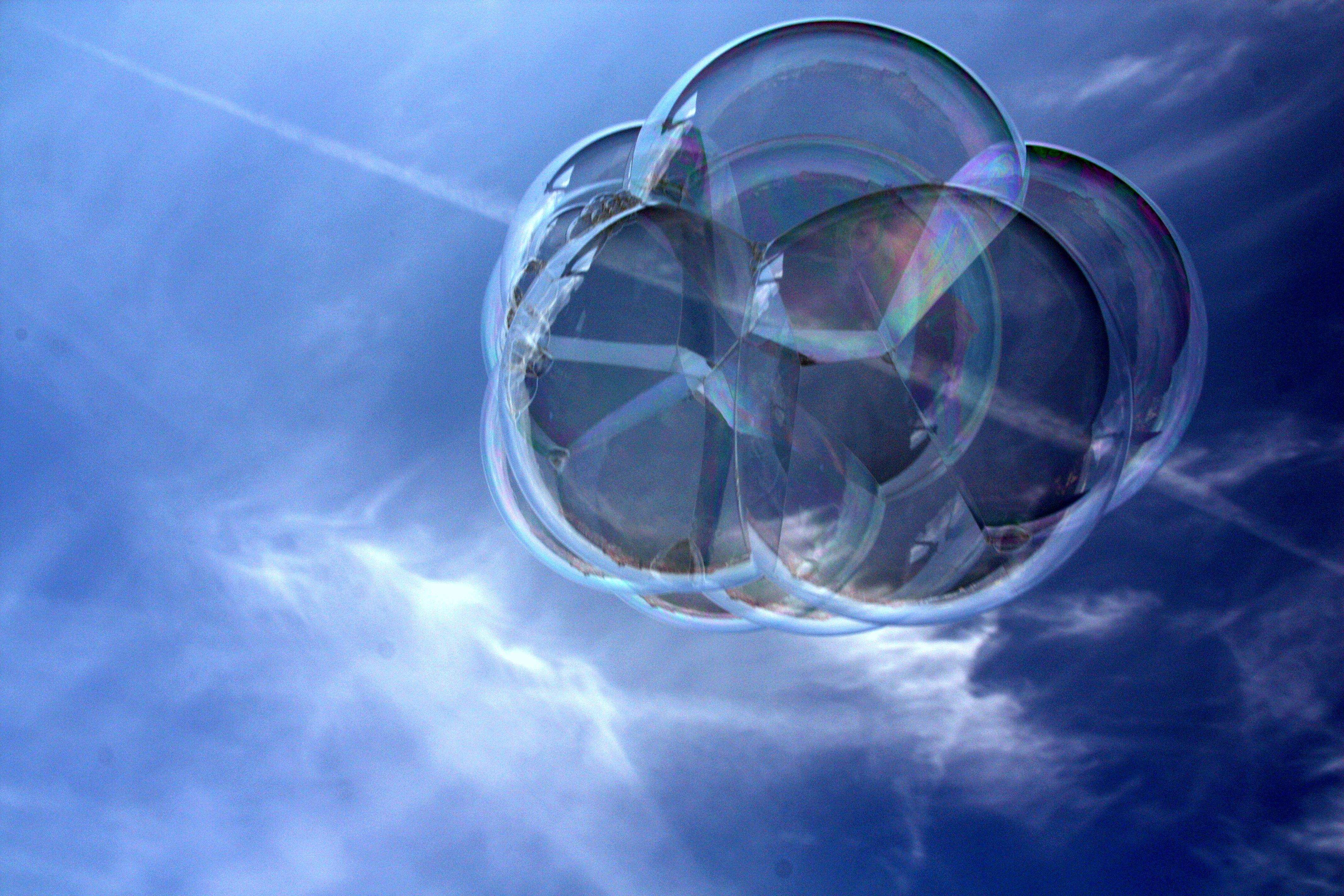“Marble berries” have fruits that are not only blue, but shiny, metallic blue. Close up, you can also see flickers of rainbow colors. As the berries’ leaves eventually wither from bright green to dull brown, you would expect these bright blue colors to disappear as well, but somehow the fruits keep the same polished blue color for months, years, and even decades.
Now, soap bubbles may be transparent, but the light somehow makes rainbow colors on the surface as the bubbles float into the sky. Marble berries and soap bubbles actually have colors made in similar ways – and this is the secret to why marble berries have luminous and long-lasting colors.

Surprisingly, it was was a physicist working in materials chemistry who taught me how this plant produces color. By modifying a basic plant material, cellulose, Dr. Silvia Vignolini is trying to recreate the marble berry (Pollia condensata)’s intense blue colors. Imagine if we could make long-lasting color to paint our houses or dye our clothes so they don’t fade, won’t turn white with bleach, and are much cheaper than dyes we currently use.
A key point is that the marble berry and soap bubbles’s colors are produced by structural color. The berry is smooth, but on a microscopic (or even smaller nano-) scale, the berry has stacks of tiny arc-shaped structures on the surface. These shapes help amplify reflected light to produce an intense blue. Different thicknesses of cellulose add red and green to the mix, helping to create a hologram effect. Usually, we see color because of a material’s inherent chemical properties (pigment/dye), but pigment would degrade after a while and the color fades. With structure creating color, the marble berries stay vivid metallic blue as long as the surface structures stay intact.
So far, blue is the most common structural color, but there are lots of other examples of structural color: the sparkly red on hummingbird necks, cat eyes glowing in the dark, or peacock feathers that change color depending on the angle you look at them…we’re making progress to crack the code for nature’s vivid colors.
Inspired by the presentation: Vignolini, Silvia. “Photonic Structures in Plants and Cellulose Biomimetic: From Nature to Materials.” University of British Columbia. Vancouver, BC. 27 Jun 2014. Related publication (